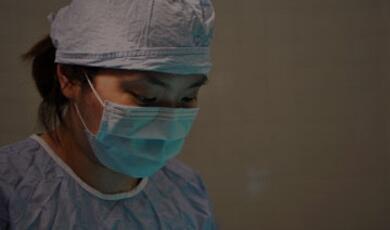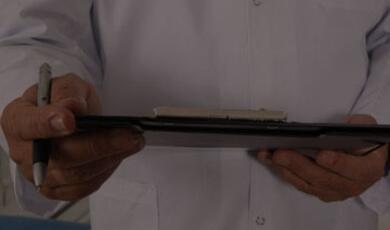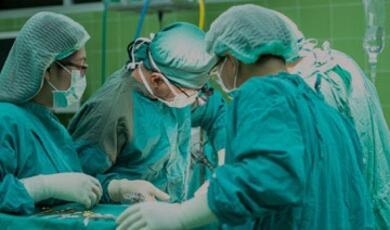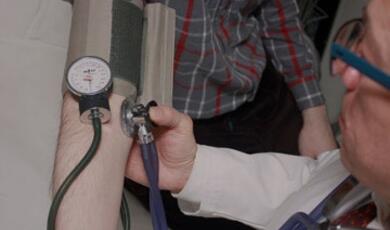In this lecture series, Professor Roger Kneebone explores unconventional aspects of medical education through the lens of performance.
While medicine demands knowledge, skill, and teamwork, it is often taught within rigid boundaries. By engaging with actors, musicians, craftsmen, and other performers, Professor Kneebone challenges these boundaries to offer fresh perspectives.
The medical consultation—a unique, close-up performance—relies on collaboration between clinician and patient. After outlining its key elements, Professor Kneebone introduces magician Will Houstoun to highlight parallels with other forms of live performance.
Surgery, often seen as the domain of a lone expert, is actually a team effort. Puppeteer Rachel Warr demonstrates how coordination, dexterity, and preparation in her field mirror surgical teamwork.
Finally, the series explores the role of touch in medicine. While technology reshapes diagnostics, touch remains essential for expressing care. Professor Kneebone reflects on how to preserve this vital human connection in modern healthcare.


 Login
Login




